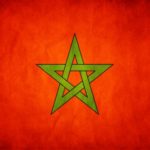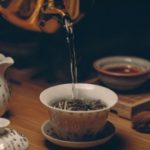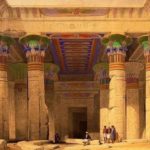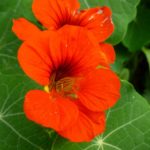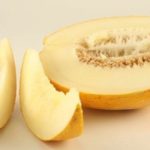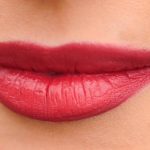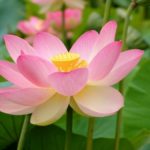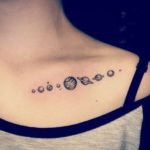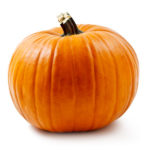Mehendi – What is Mehendi?
 Mehendi – drawings applied to the body using natural, natural red-brown dyes called henna, which is obtained from the dried leaves of a plant of lavsonia non-spiky. Morocco is considered the birthplace of mehendi, although in a slightly different version it is used in other countries of Africa, in India and Pakistan. Recently, henna painting has become popular among European women as a fashionable exotic style.
Mehendi – drawings applied to the body using natural, natural red-brown dyes called henna, which is obtained from the dried leaves of a plant of lavsonia non-spiky. Morocco is considered the birthplace of mehendi, although in a slightly different version it is used in other countries of Africa, in India and Pakistan. Recently, henna painting has become popular among European women as a fashionable exotic style.
Since ancient times, a very interesting custom has existed in Morocco. Women before the wedding decorate their hands, legs, and sometimes the body with various ornaments, peculiar ornate designs. Moroccans, and not only they, but also many other peoples of Africa believe that these drawings are their protection from evil spirits and witching charms. This procedure is called mehndi or mehendi. There is evidence that it originates in the Middle Ages.
For drawing mehendi patterns, only natural paint called henna is used, which is prepared from non-spiky leaves of Lawson, the Latin name is Lawsonia inermis. In everyday life, henna is used very often: to treat bruises, cool the skin, as a component of ointments and oils, as well as a dye for natural tissues. In the East, this is one of the most common dyes for hair.
The history of the mehndi tradition is difficult to trace, for many centuries people have passed the technique of henna drawings on the body from generation to generation and from country to country. However, it is known that even in the Neolithic people of the village of Katal Huuk used henna drawings on their hands as ornamental paintings. This was required by the ritual of worship of local pagan deities. Among the remains of the earliest civilizations, such as Babylonian or Sumerian, the remains of henna painting are also found ..
Priestesses who worshiped the ancient goddesses in South China over the past three thousand years adorned themselves with a peculiar ornament. In general, historians confirm that it has existed for more than 8 thousand years. This tradition did not bypass Egypt. Traces of henna were also found on the remains of ancient mummies. Women wore henna mehendi designs on their faces and chins, while men wore temples. Rock paintings depicting an ancient princess were also found in India. The hands and feet of the royal person were decorated with a characteristic red-brown ornament. It is known that Cleopatra used henna both for treatment and for cosmetic purposes and decorated her body with such drawings.
Currently, mehendi is not only decoration, but also tradition, ritual, protection by higher powers. Women of the East are sure that henna painting will protect against failures and become a faithful talisman. That is why during festivities women cover their arms and legs with intricate patterns and arabesques. Henna drawings are also an integral part of the wedding ceremony. Patterns appear not only on the legs and arms of the bride, but the whole body is decorated with intricate flowers and leaves. It is believed that this should make marriage stronger. And the remains of henna left from the mural are buried in the ground so that evil spirits do not touch the happy newlyweds.
Henna painting is common in many countries in Africa and Asia. But the details, themes, shapes and application technique are very different from each other. In the Middle East and Indonesia, you can see plant patterns that are so characteristic of traditional Arab culture, with the only difference being that in Indonesia sometimes there are completely filled-in pads of the fingers, sides of the palms of the hands and feet. The Bedouins, constantly living in deserts, do not find henna drawings on their legs or arms – they simply dip their palms and feet into a solution of henna.
In India, the art of mehendi migrated to temples, and temple dancers do this. The nature of the lace patterns, fertility symbols and religious motifs cover the arms up to the forearms, and the legs – from the feet to the knees. The Moroccan – or North African – style differs from all of the above in that it contains more geometric ornaments, draftsmen not only complicate the intricate patterns, but try to apply them as clearly and evenly as possible. In addition, floral motifs that emphasize the shape of arms or legs are included in stylized drawings.
In Morocco, henna painting is a kind of ritual. In this ritual, only women are usually involved, and, quite a lot of them are going to. Usually, henna painting is done before the wedding, but sometimes it is also done in the seventh month of pregnancy. Moroccans believe that these drawings protect from evil spirits and with their help you can avoid the disease. That is why each pattern design has a special meaning. Before the wedding, the painting is done not only by the bride, but also by her relatives and friends.
Usually mehendi are made following certain rules. Before applying the painting, a woman must take a bath or she is washed in a bath. Then her body is fumigated with wood smoke. And only after that the artist, specially trained in this art, applies drawings. First on the legs, then on the body, then on the hands.

